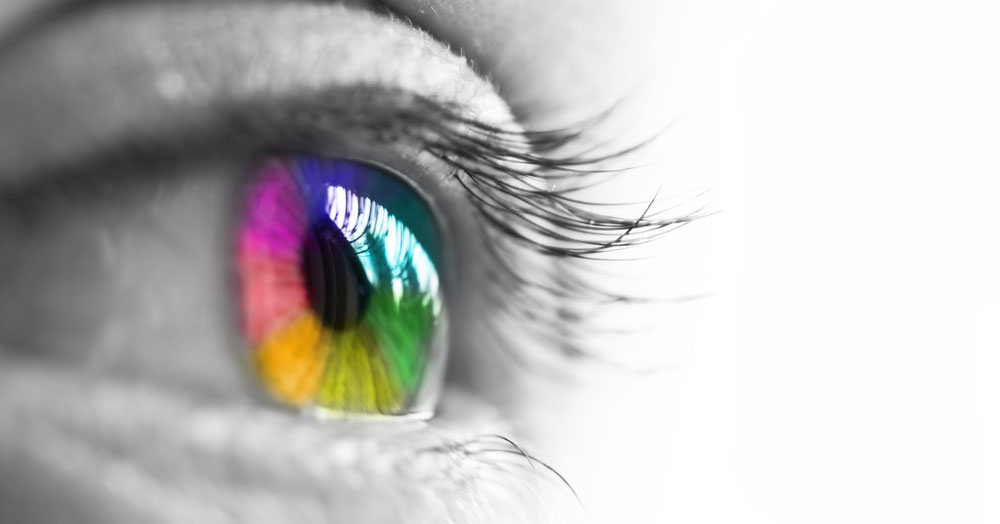Whispers of Colors to the Subconscious Mind
Colors are a type of light product that carry a significant amount of energy. As our eyes are the organs that perceive colors, the images that enter through the retina have a functional impact on our body both mentally and emotionally.
Each color acts as a separate stimulant and the message that each one sends to our brain is unique. The psychology of colors plays a direct role in affecting people.
Studies have indicated that colors can influence brainwave activity, the functioning of the central nervous system, and hormonal responses in our bodies, as well as trigger a wide spectrum of emotions. This demonstrates that people’s response to colors involves both physiological and psychological reactions.
Color Chakras
- Root Chakra (Grounding)
- Sacral Chakra (Creativity)
- Solar Plexus Chakra (Digestion)
- Heart Chakra (Healing, Unblock)
- Throat Chakra (Expression)
- Third Eye Chakra (Awareness)
- Crown Chakra (Enlightenment)
- Mindful Love
Which emotions do colors evoke in the mind?
RED
Red color, associated with the root chakra, evokes feelings and responses such as courage, ambition, vitality, strength, agility, alertness, and wakefulness. It represents all earthly relationships of individuals and rooting oneself.
ORANGE
The color orange stimulates motivation and creativity. Orange color is associated with feelings of socialization, success, balance, self-confidence and happiness. It has a significant impact on the sexual chakra where projects and effective ideas occur.
YELLOW
Yellow evokes emotions and reactions that are completely natural, free from artificiality. It symbolizes sunlight and thus has an antidepressant effect on the psychology. Yellow creates a feeling of happiness and promotes balance, confidence and emotional digestion in all social relationships. It instills feelings of wisdom, inspiration, optimism and pleasure.
GREEN
Green is effective in problem-solving and healing. As a representative of spring, green brings a sense of renewal and liveliness to human psychology. It has a direct stimulating effect on the nervous system, thus it has a positive impact on relieving tension, depression, and similar psychological disorders. In terms of its symbolism, it sends signals to the brain related to concepts such as peace, renewal, love, hope, harmony, life and growth.
BLUE
Blue is the determiner of quality in communication. Due to its calming and reassuring qualities, it leads to pleasant, gentle, collaborative and cooperative expressions. It is highly effective in controlling body temperature and pulse. In terms of its significance, blue sends signals to the brain for responses such as communication, health, vitality and decisiveness.
PURPLE
Being the color of the energy center located in the eye region, it supports internal reactions. It enhances intuitive power and adds attractiveness with its mystical aura. It gives the ability to analyze events from a 360-degree perspective. Purple color evokes feelings of wisdom, awareness, spirituality, calmness and a sense of peace in individuals.
WHITE
White, which symbolizes clarity, represents the pinnacle of existence in the crown chakra. It brings out the feeling of purity, cleanliness, and acceptance in the subconscious. The color white can influence the body’s responses by signaling messages of health, neutrality, youthfulness, innocence and impartiality to the brain.
PINK
Pink, being not one of the seven primary colors, does not have a specific energy point. However, it has a general effect on the whole body. Pink, which dominates the heart region, is considered the secondary color of the heart. It evokes feelings of love and affection. In Chinese culture, pink symbolizes the harmony of the universe as it is a combination of the yin (blue) and yang (red) colors.
